1. Introduction: Understanding the Impact of Building Colors on Urban Comfort and Climate
Urban design significantly influences local microclimates and the comfort of residents. The choice of building colors is a crucial yet often overlooked element that can modulate heat absorption, reflectivity, and overall thermal comfort. As cities aim to become more sustainable and resilient, integrating color strategies into urban planning offers a practical approach to climate adaptation. Modern examples such as My Sweet Town exemplify how creative urban planning leverages color schemes to enhance environmental performance while maintaining aesthetic appeal. This article explores how building colors directly impact heat management and human comfort, supported by scientific evidence and real-world applications.
The Science Behind Building Colors
Psychological Effects of Color
Design for Climate Resilience
Case Study: “My Sweet Town”
Advanced Techniques & Material Safety
Future Trends
Conclusion
2. The Science Behind Building Colors and Heat Absorption
The color of a building’s exterior significantly affects how it interacts with solar radiation. Dark colors, such as deep browns or blacks, tend to absorb more sunlight, converting it into heat, which raises surface and ambient temperatures. Conversely, light colors like white or pale pastels reflect a higher percentage of solar energy, helping keep structures cooler. This phenomenon is rooted in the physics of light absorption and reflection: darker surfaces typically absorb up to 90% of incident solar radiation, while lighter surfaces reflect a comparable proportion. Material properties, including surface finishes and coatings, further influence heat management. For example, matte finishes absorb more heat than glossy ones, which tend to reflect more sunlight. Studies in urban microclimates demonstrate that neighborhoods with predominantly light-colored buildings can experience surface temperatures up to 15°C lower than those with dark-colored facades, illustrating the tangible impact of color choice.
| Color Type | Absorptivity | Effect on Temperature |
|---|---|---|
| Dark Colors (e.g., black, dark brown) | Up to 90% | Higher surface and ambient temperatures |
| Light Colors (e.g., white, pastel) | Up to 80-90% reflected | Lower temperatures, cooler surfaces |
3. Psychological and Perceptual Effects of Color on Comfort
Color perception influences how individuals experience temperature and comfort, often beyond the actual thermal conditions. Warm colors like red, orange, and yellow can psychologically increase perceived warmth, which may lead to discomfort in hot climates. Conversely, cool colors such as blue and green tend to evoke feelings of calmness and coolness, enhancing perceived comfort. For instance, yellow has a unique advantage: its high visibility in peripheral vision makes it useful for urban signage and safety markings, especially in low-light conditions. This perceptual effect supports urban designers in selecting colors that not only suit aesthetic goals but also improve safety and comfort. Understanding these psychological responses allows planners to craft environments that feel more inviting and reduce stress associated with heat or poor visibility.
“Color perception is a powerful tool in shaping urban comfort, influencing both psychological well-being and safety.” — Urban Design Research
4. Practical Applications: Designing for Climate Resilience
Effective urban design incorporates color strategies to enhance climate resilience. Selecting appropriate building colors can optimize cooling in hot climates or retention of heat in colder regions. For example, deploying light-colored roofing and facades in sun-drenched areas reduces surface temperatures and mitigates the urban heat island effect. Conversely, darker hues may be strategically used in colder climates to absorb solar energy and reduce heating requirements. Several towns have successfully implemented such schemes: in Mediterranean cities, pastel facades reflect sunlight, lowering cooling loads, whereas northern towns often feature darker exteriors for warmth retention. When designing such schemes, cultural context, aesthetic harmony, and environmental sustainability must also be considered to ensure community acceptance and ecological benefits. For instance, in My Sweet Town, a blend of vibrant colors and eco-friendly materials exemplifies this integrated approach.
5. Case Study: Building Color Choices in “My Sweet Town”
“My Sweet Town” showcases how thoughtful color palettes and architectural styles can influence thermal comfort and energy efficiency. The town employs a predominantly pastel-colored facade scheme, combining light blues, yellows, and soft greens. This palette not only enhances aesthetic appeal but also plays a role in temperature regulation by reflecting solar radiation, thus reducing cooling demands during hot summers. The town’s architecture integrates sustainable principles, such as insulated surfaces and reflective coatings, amplifying the benefits of color choices. The result is a community that balances creative design with environmental responsibility, demonstrating how localized color schemes can serve as models for climate-conscious urban development.
6. Advanced Techniques: Controlled Demolition and Urban Transformation
Urban renewal projects sometimes involve controlled demolition, or implosion, to transform cityscapes. Such projects consider environmental impacts, including residual heat distribution and aesthetic coherence. When structures are replaced or restructured, color schemes are carefully planned to complement new designs and optimize microclimates. For instance, replacing a dark, heat-absorbing building with a lighter, reflective facade can significantly improve local comfort levels. The strategic use of color in urban restructuring supports heat mitigation, reduces energy consumption, and enhances the overall aesthetic harmony of the area.
7. Non-Obvious Factors: Material Melting Points and Safety Considerations
Understanding the properties of building materials is essential for safety and heat management. For example, some materials like caramel, a natural sugar, melt at approximately 160°C, which is relevant in contexts involving high heat exposure or fire safety. While not directly used in architecture, this illustrates how material behaviors influence design choices. Selecting materials with appropriate melting points and thermal properties ensures safety without compromising aesthetic appeal. Innovative building surfaces now incorporate heat-resistant coatings that mimic aesthetic qualities of materials like caramel or glass, blending safety with visual design. Such awareness helps prevent structural failures and enhances resilience in extreme temperature conditions.
8. Future Trends: Creating Comfortable and Sustainable Creative Towns
Emerging technologies enable dynamic and adaptive building colors, such as thermochromatic and photochromatic surfaces that change hue based on temperature or light conditions. These innovations can optimize thermal performance and aesthetic flexibility in real-time. Additionally, understanding the psychological effects of color will continue to influence urban planning, fostering environments that promote well-being and safety. As towns like My Sweet Town demonstrate, integrating these advances can result in vibrant, climate-resilient communities that embody both creativity and sustainability. Future designs will likely prioritize materials that adapt to changing conditions, reducing energy demands and improving overall urban comfort.
9. Conclusion: Synthesizing Color, Comfort, and Creativity in Urban Environments
Building colors are a vital component of urban design that influence heat absorption, thermal comfort, and perceptual well-being. The integration of scientific principles, psychological insights, and innovative materials paves the way for towns that are both aesthetically inspiring and environmentally sustainable. By adopting comprehensive, creative strategies—such as selecting appropriate color palettes, considering material properties, and leveraging emerging technologies—urban planners can craft environments that are comfortable, safe, and resilient for future generations. As exemplified by modern developments like My Sweet Town, the future of urban living lies in the thoughtful fusion of color, science, and sustainability.

